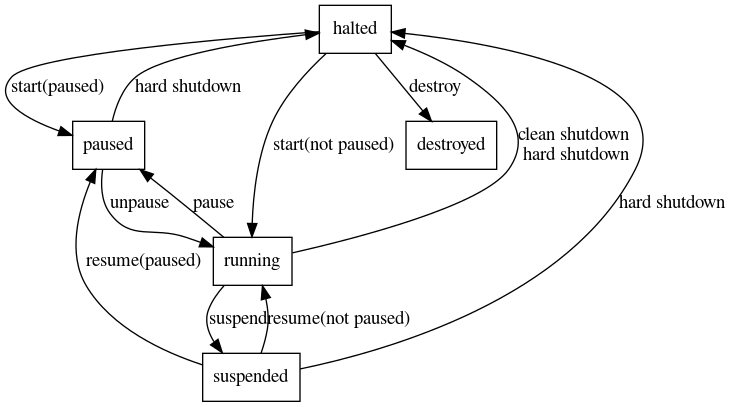This content has been machine translated dynamically.
Dieser Inhalt ist eine maschinelle Übersetzung, die dynamisch erstellt wurde. (Haftungsausschluss)
Cet article a été traduit automatiquement de manière dynamique. (Clause de non responsabilité)
Este artículo lo ha traducido una máquina de forma dinámica. (Aviso legal)
此内容已经过机器动态翻译。 放弃
このコンテンツは動的に機械翻訳されています。免責事項
이 콘텐츠는 동적으로 기계 번역되었습니다. 책임 부인
Este texto foi traduzido automaticamente. (Aviso legal)
Questo contenuto è stato tradotto dinamicamente con traduzione automatica.(Esclusione di responsabilità))
This article has been machine translated.
Dieser Artikel wurde maschinell übersetzt. (Haftungsausschluss)
Ce article a été traduit automatiquement. (Clause de non responsabilité)
Este artículo ha sido traducido automáticamente. (Aviso legal)
この記事は機械翻訳されています.免責事項
이 기사는 기계 번역되었습니다.책임 부인
Este artigo foi traduzido automaticamente.(Aviso legal)
这篇文章已经过机器翻译.放弃
Questo articolo è stato tradotto automaticamente.(Esclusione di responsabilità))
Translation failed!
VM Lifecycle
The following diagram shows the states that a VM can be in and the API calls that can be used to move the VM between these states.

VM boot parameters
The VM class contains a number of fields that control the way in which the VM
is booted. With reference to the fields defined in the VM class (see later in
this document), this section outlines the boot options available and the
mechanisms provided for controlling them.
VM booting is controlled by setting one of the two mutually exclusive groups:
“PV” and “HVM”. If HVM.boot_policy is an empty string, then paravirtual
domain building and booting will be used; otherwise the VM will be loaded as a
HVM domain, and booted using an emulated BIOS.
When paravirtual booting is in use, the PV_bootloader field indicates the
bootloader to use. It may be “pygrub”, in which case the platform’s default
installation of pygrub will be used, or a full path within the control domain to
some other bootloader. The other fields, PV_kernel, PV_ramdisk, PV_args,
and PV_bootloader_args will be passed to the bootloader unmodified, and
interpretation of those fields is then specific to the bootloader itself,
including the possibility that the bootloader will ignore some or all of
those given values. Finally the paths of all bootable disks are added to the
bootloader commandline (a disk is bootable if its VBD has the bootable flag set).
There may be zero, one, or many bootable disks; the bootloader decides which
disk (if any) to boot from.
If the bootloader is pygrub, then the menu.lst is parsed, if present in the
guest’s filesystem, otherwise the specified kernel and ramdisk are used, or an
autodetected kernel is used if nothing is specified and autodetection is
possible. PV_args is appended to the kernel command line, no matter which
mechanism is used for finding the kernel.
If PV_bootloader is empty but PV_kernel is specified, then the kernel and
ramdisk values will be treated as paths within the control domain. If both
PV_bootloader and PV_kernel are empty, then the behaviour is as if
PV_bootloader were specified as “pygrub”.
When using HVM booting, HVM_boot_policy and HVM_boot_params specify the boot
handling. Only one policy is currently defined, “BIOS order”. In this case,
HVM_boot_params must contain one key-value pair “order” = “N” where N is the
string that will be passed to QEMU.
Optionally HVM_boot_params can contain another key-value pair “firmware”
with values “bios” or “uefi” (default is “bios” if absent).
By default Secure Boot is not enabled, it can be enabled when “uefi” is enabled by setting
VM.platform["secureboot"] to true.
In this article
This Preview product documentation is Cloud Software Group Confidential.
You agree to hold this documentation confidential pursuant to the terms of your Cloud Software Group Beta/Tech Preview Agreement.
The development, release and timing of any features or functionality described in the Preview documentation remains at our sole discretion and are subject to change without notice or consultation.
The documentation is for informational purposes only and is not a commitment, promise or legal obligation to deliver any material, code or functionality and should not be relied upon in making Cloud Software Group product purchase decisions.
If you do not agree, select I DO NOT AGREE to exit.